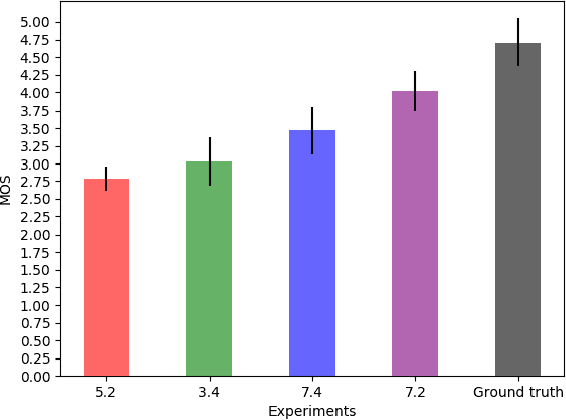João Paulo Teixeira
Interpretability Analysis of Deep Models for COVID-19 Detection
Nov 25, 2022Abstract:During the outbreak of COVID-19 pandemic, several research areas joined efforts to mitigate the damages caused by SARS-CoV-2. In this paper we present an interpretability analysis of a convolutional neural network based model for COVID-19 detection in audios. We investigate which features are important for model decision process, investigating spectrograms, F0, F0 standard deviation, sex and age. Following, we analyse model decisions by generating heat maps for the trained models to capture their attention during the decision process. Focusing on a explainable Inteligence Artificial approach, we show that studied models can taken unbiased decisions even in the presence of spurious data in the training set, given the adequate preprocessing steps. Our best model has 94.44% of accuracy in detection, with results indicating that models favors spectrograms for the decision process, particularly, high energy areas in the spectrogram related to prosodic domains, while F0 also leads to efficient COVID-19 detection.
End-To-End Speech Synthesis Applied to Brazilian Portuguese
May 11, 2020



Abstract:Voice synthesis systems are popular in different applications, such as personal assistants, GPS applications, screen readers and accessibility tools. Voice provides an natural way for human-computer interaction. However, not all languages are in the same level when accounting resources and systems for voice synthesis. This work consists of the creation of publicly available resources for the Brazilian Portuguese language in the form of a dataset and deep learning models for end-to-end voice synthesis. The dataset has 10.5 hours from a single speaker. We investigated three different architectures to perform end-to-end speech synthesis: Tacotron 1, DCTTS and Mozilla TTS. We also analysed the performance of models according to different vocoders (RTISI-LA, WaveRNN and Universal WaveRNN), phonetic transcriptions usage, transfer learning (from English) and denoising. In the proposed scenario, a model based on Mozilla TTS and RTISI-LA vocoder presented the best performance, achieving a 4.03 MOS value. We also verified that transfer learning, phonetic transcriptions and denoising are useful to train the models over the presented dataset. The obtained results are comparable to related works covering English, even using a smaller dataset.
 Add to Chrome
Add to Chrome Add to Firefox
Add to Firefox Add to Edge
Add to Edge